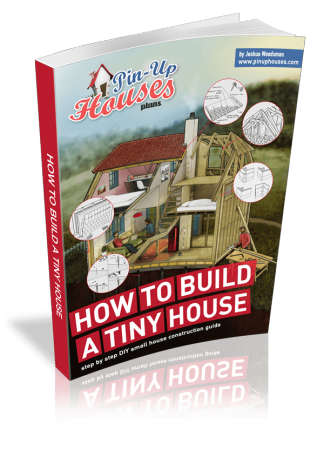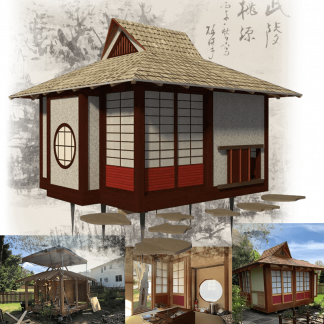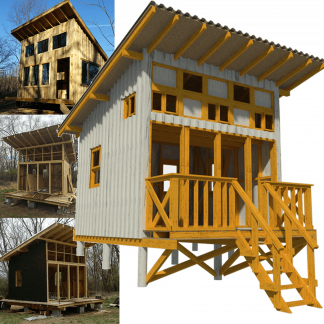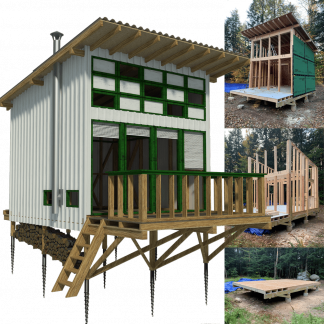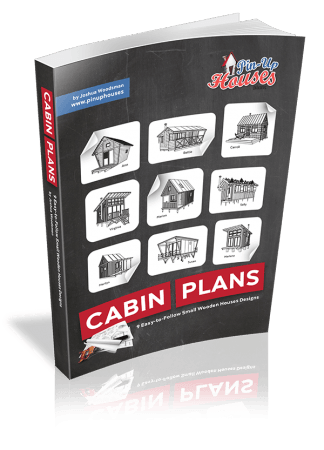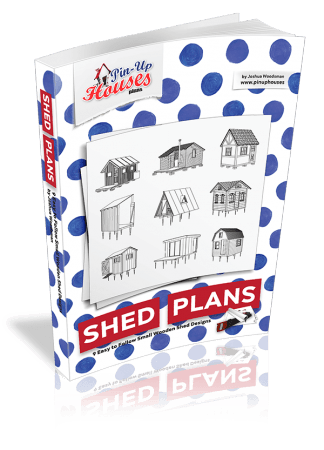Open-concept living has been one of the most recognizable design movements of the past few decades, but its appeal is far from fading in 2025. While today’s buyers are more mindful of privacy and functionality, the open floor plan continues to deliver timeless value. This trend remains a top choice, and hybrid designs are evolving to meet modern needs.
1. Natural Light and the Feeling of Space
One of the biggest draws of open-concept living is abundant natural light. Combining kitchen, dining, and living areas into one continuous space allows sunlight to flood through large windows, reducing the need for artificial lighting and creating a bright, inviting atmosphere. This design makes homes feel bigger than they are and supports energy efficiency when paired with modern windows and insulation. For buyers, the illusion of extra space is beautiful in smaller homes or urban markets with limited square footage.
2. Flow and Flexibility for Everyday Life
Today’s homeowners expect spaces that work with their lifestyles, not against them. Flexibility, comfort, and functionality top buyer priorities in 2025. Open layouts provide seamless traffic flow, making them ideal for entertaining guests or keeping an eye on kids while cooking. At the same time, homeowners use furniture, rugs, and lighting to define zones within these larger spaces, creating functionality and style. This adaptability makes open-concept homes a wise long-term investment, as layouts can evolve with a family’s changing needs.
3. Balancing Openness With Privacy
The rise of remote work and multi-generational living has shifted some buyer preferences toward more defined spaces. Fully open layouts give way to hybrid solutions, semi-open designs with archways, partial walls, or movable partitions. Buyers are increasingly drawn to the balance: large shared spaces for connection, combined with quiet corners for productivity, wellness, or relaxation. Reading nooks, meditation pods, or flex rooms can give families privacy without losing the open feel.
4. Resale Value and Marketability
Open layouts remain a wise investment when it comes to resale. Homes with open floor plans can sell for 7–15% more, with remodeling projects offering up to 70% return on investment. Buyers consistently rank these layouts as highly desirable, making them a strong selling point. Growing optimism in the housing market and stable listing prices encourage more people to sell. Pairing an open layout with the right sales strategy, whether using low commission real estate agents or exploring options like buy-before-you-sell programs, can maximize profits while reducing stress during the selling process.
5. The Future of Open-Concept Living
Ultimately, there’s no one-size-fits-all approach. Families with children may prefer open layouts for visibility and interaction, while remote workers prioritize quiet, private spaces. Still, the consistent theme is balanced homes that allow for togetherness while offering personal retreat. Open-concept living, especially when blended with thoughtful hybrid design, attracts buyers who value flexibility, comfort, and modern aesthetics. For sellers, maintaining or remodeling to achieve this balance can increase marketability and long-term value.
Conclusion
Open-concept living is evolving, not disappearing. By combining spacious layouts with innovative design solutions for privacy, today’s homes reflect how buyers want to live, work, and connect. For homeowners considering selling, embracing this trend can deliver lifestyle satisfaction and a competitive edge in the marketplace.


